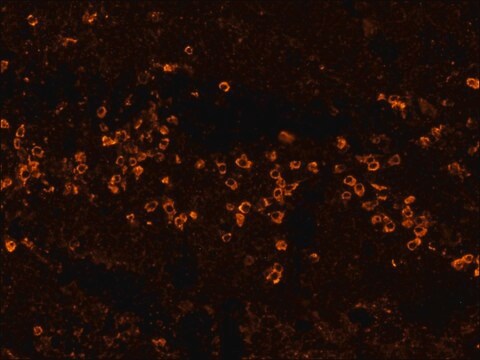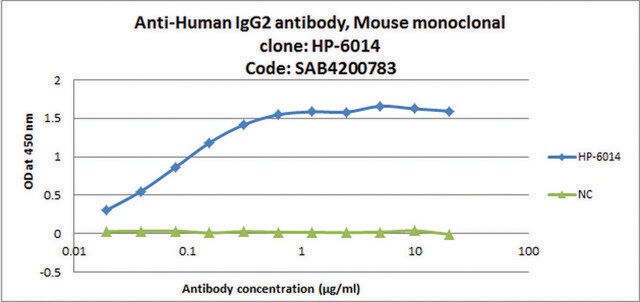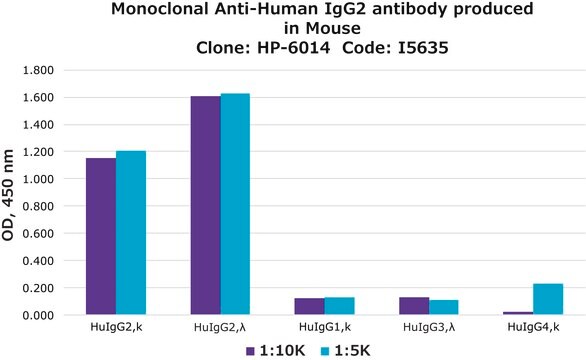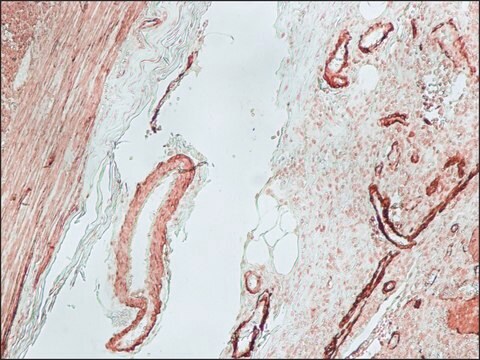일반 설명
Human IgG consists of four subclasses (1-4) that can be recognized by antigenic differences in their heavy chains. They constitute approximately 65, 30, 5 and 4% of the total IgG, respectively. Each subclass has different biological and physicochemical properties. The IgG subclass may be preferentially produced in response to different antigens and pathological conditions. For instance, anti-polysaccharide responses are mainly of the IgG2 subclass while protein antigens give rise to IgG1 and IgG3 antibodies.
Monoclonal Anti-Human IgG3 (mouse IgG1 isotype) is derived from the hybridoma (HP-60501) produced by the fusion of mouse myeloma cells and splenocytes from an immunized mouse.
특이성
The antibody is specific for human IgG3 and is non-reactive with other IgG subclasses. This clone has been recommended by the IUIS/WHO study for its specificity and reactivity in a wide range of assay protocols and techniques.
면역원
Purified myeloma human IgG3 coupled to polyaminostyrene (PAS) microbeads was used as the immunogen
애플리케이션
The product may be used for the identification of human IgG3 subclass by means of various immunoassays and ELISA. It has also been used in immunoblotting.
생화학적/생리학적 작용
IgG antibody subtype is the most abundant of serum immunoglobulins of the immune system. It is secreted by B cells and is found in blood and extracellular fluids and provides protection from infections caused by bacteria, fungi and viruses. Maternal IgG is transferred to fetus through the placenta that is vital for immune defense of the neonate against infections. The coupling of biotin to monoclonal Anti-Human IgG3 antibody allows for the binding of various labels such as avidin or streptavidin.
Only IgG1 and IgG3 are capable of adherence to mononuclear phagocytes. IgG3 has O-glycosylation sites and mediates, phagocytosis, antibody-mediated cellular cytotoxicity, neutralization, and activates complement pathways. IgG3 subtypes have short in vivo half-life and mediates the effector functions than IgG1.
물리적 형태
Solution in 0.01 M phosphate buffered saline pH 7.4, containing 1% bovine serum albumin and 15 mM sodium azide
저장 및 안정성
For continuous use, store at 2-8°C for up to one month. For extended storage, the solution may be frozen in working aliquots. Repeated freezing and thawing, or storage in "frost-free" freezers, is not recommended. If slight turbidity occurs upon prolonged storage, clarify by centrifugation before use.
면책조항
Unless otherwise stated in our catalog or other company documentation accompanying the product(s), our products are intended for research use only and are not to be used for any other purpose, which includes but is not limited to, unauthorized commercial uses, in vitro diagnostic uses, ex vivo or in vivo therapeutic uses or any type of consumption or application to humans or animals.
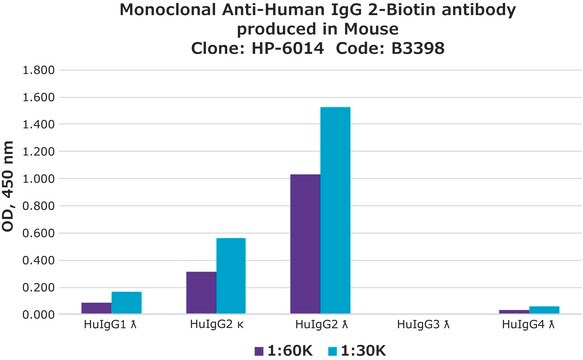
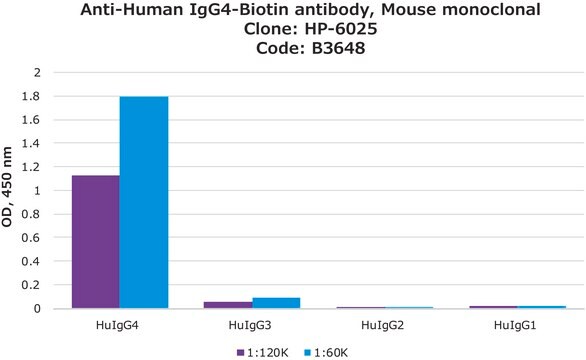
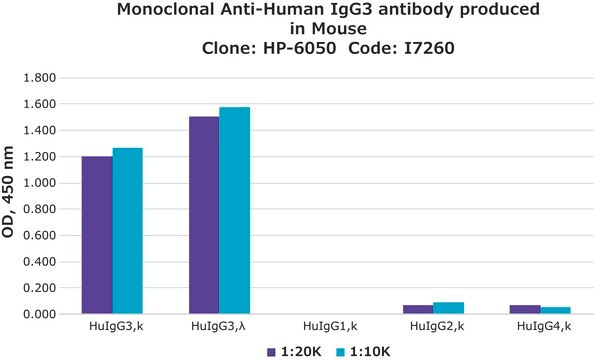
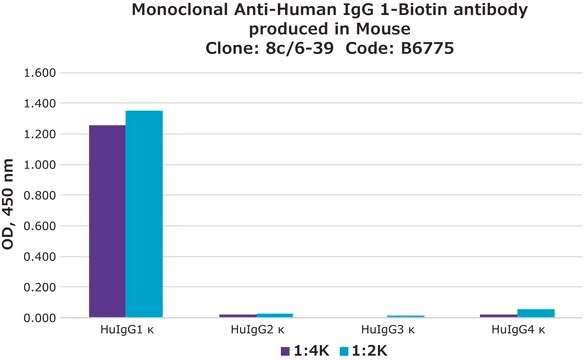
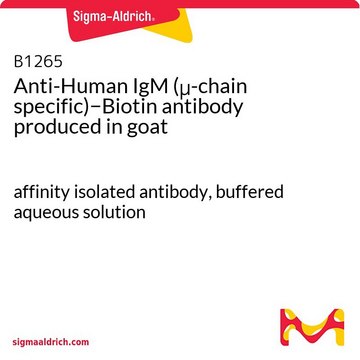
![N-(4-Bromophenyl)-3-[[(4-bromophenyl)amino]sulfonyl]benzamide ≥98% (HPLC), solid](/deepweb/assets/sigmaaldrich/product/structures/120/254/f9829d51-31a0-469a-ab52-5e2f49b48d81/640/f9829d51-31a0-469a-ab52-5e2f49b48d81.png)
